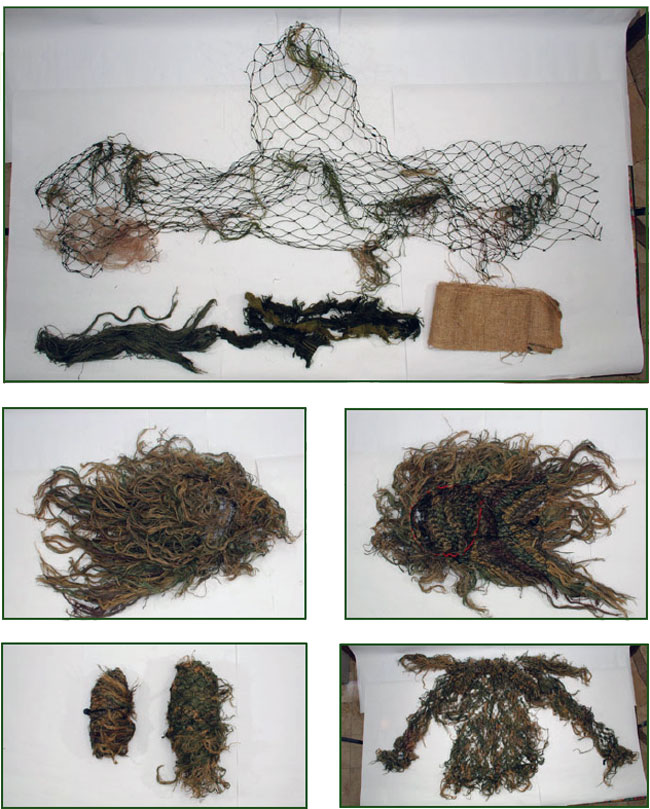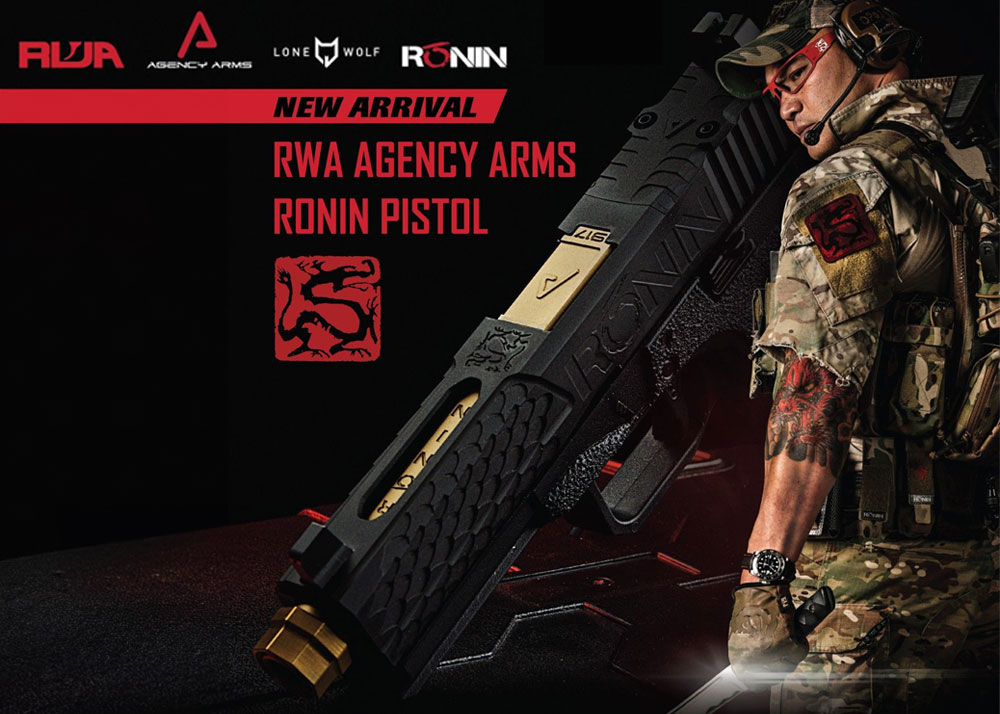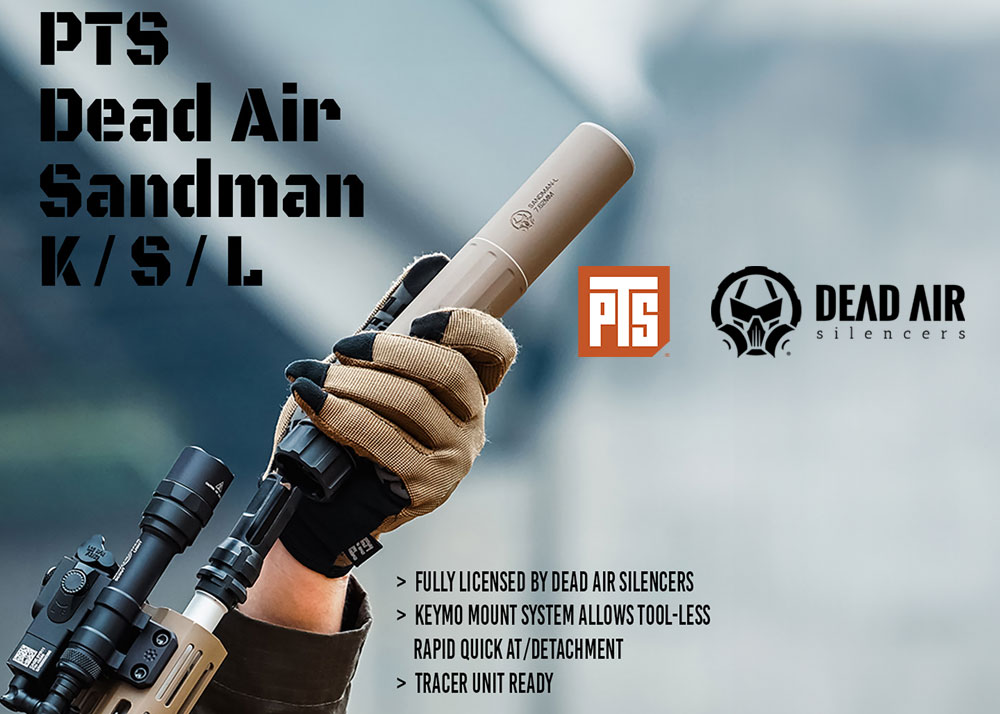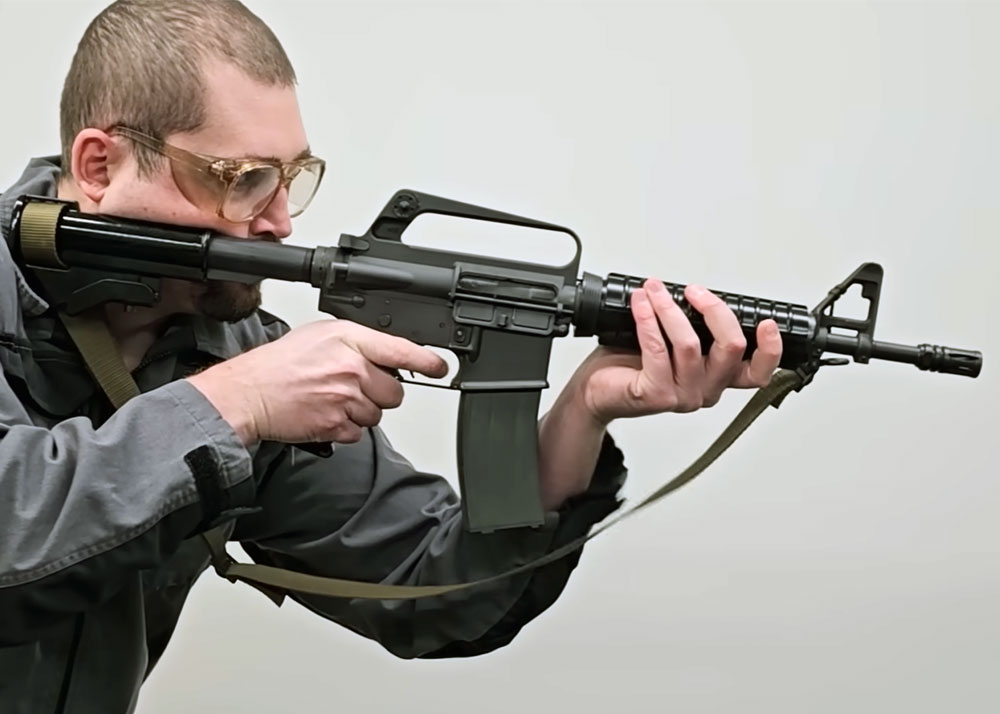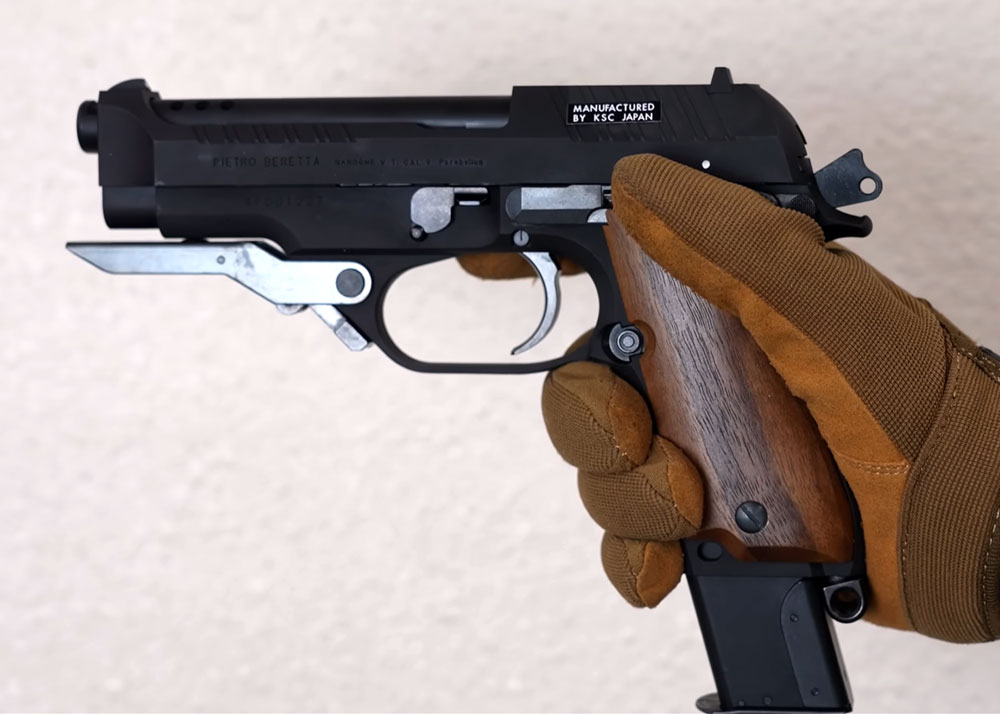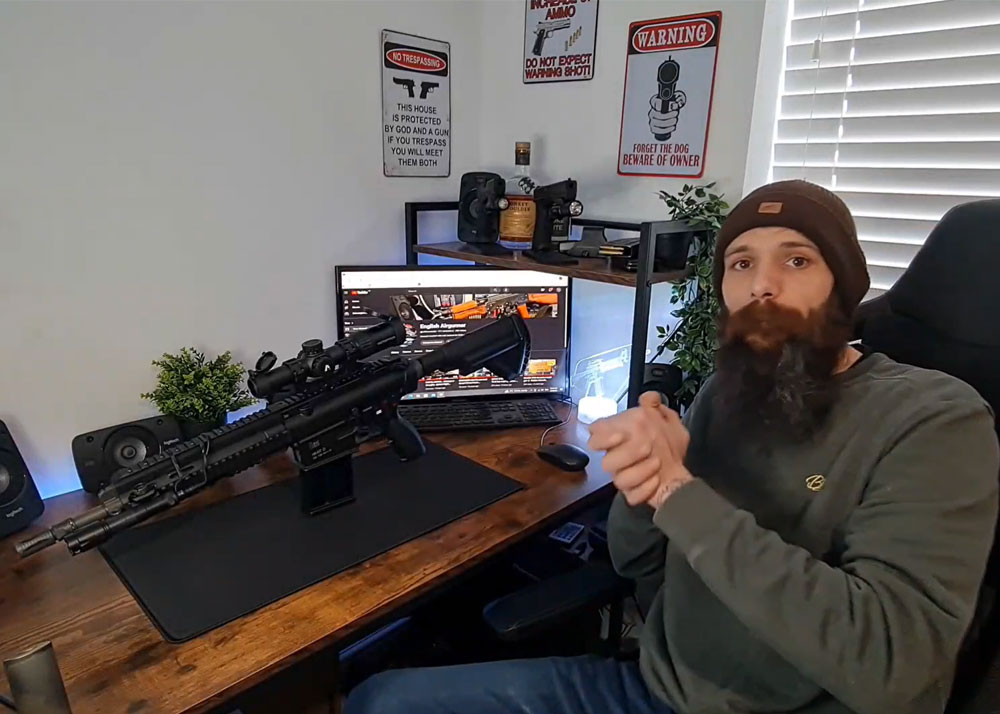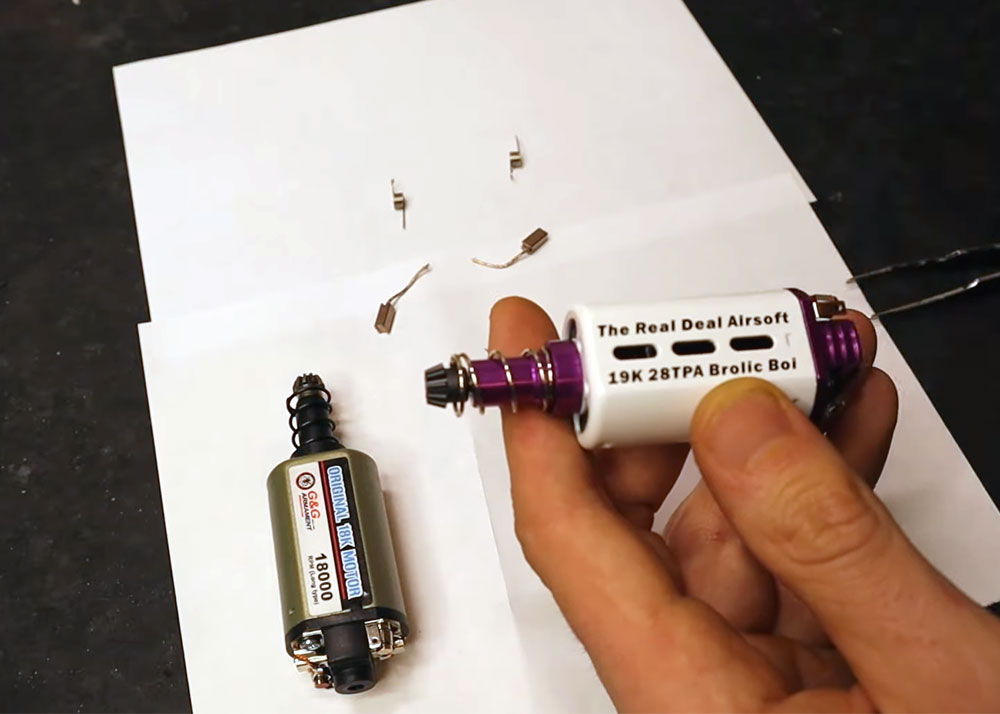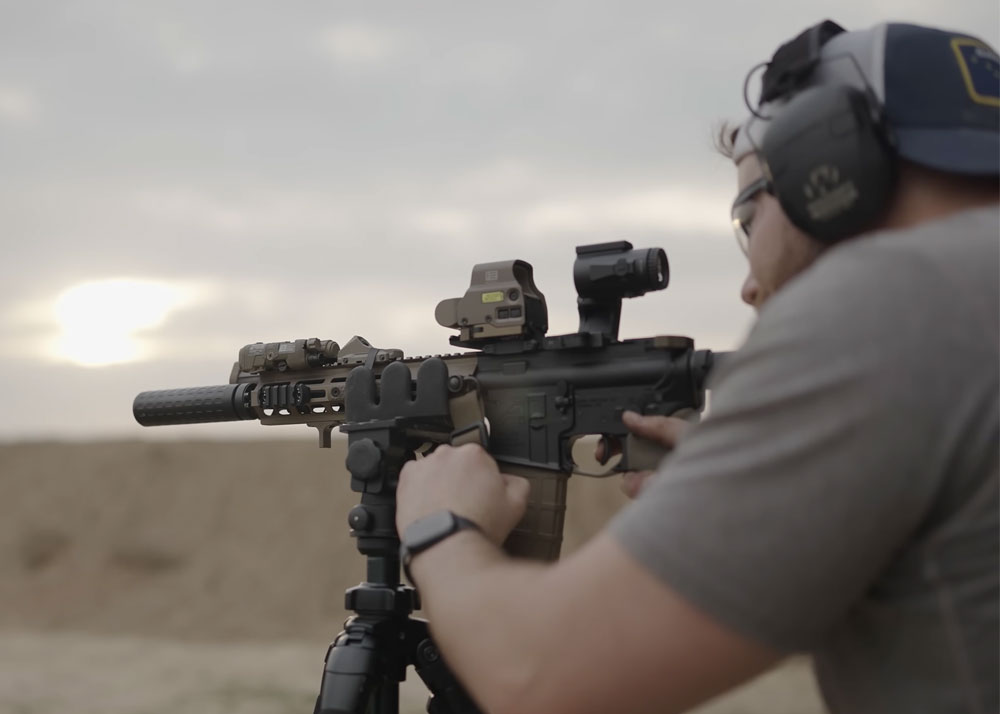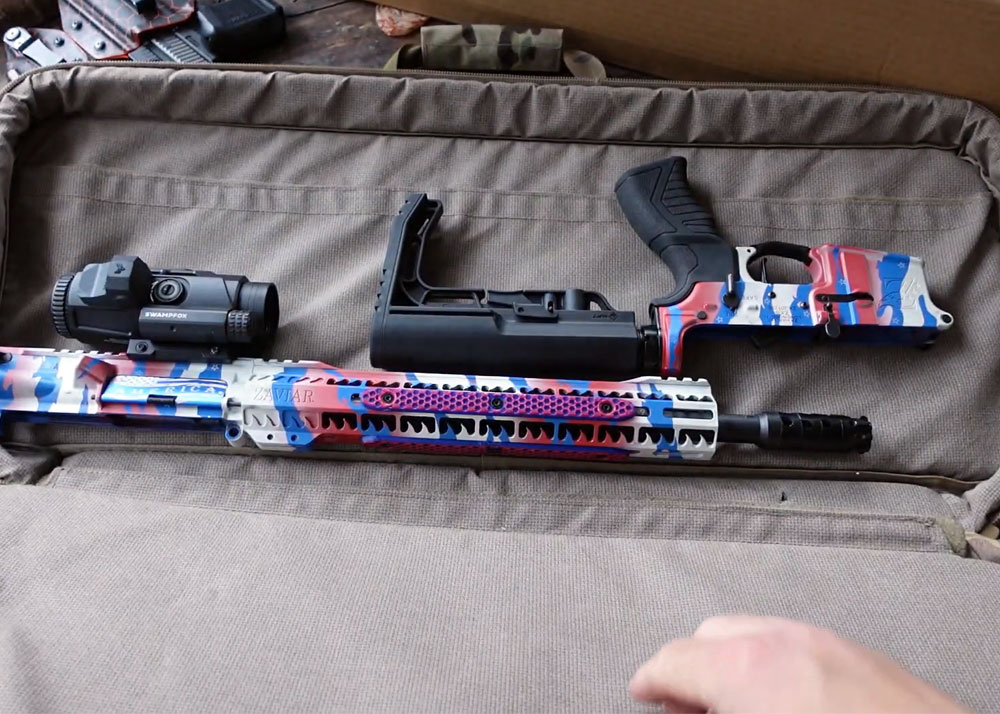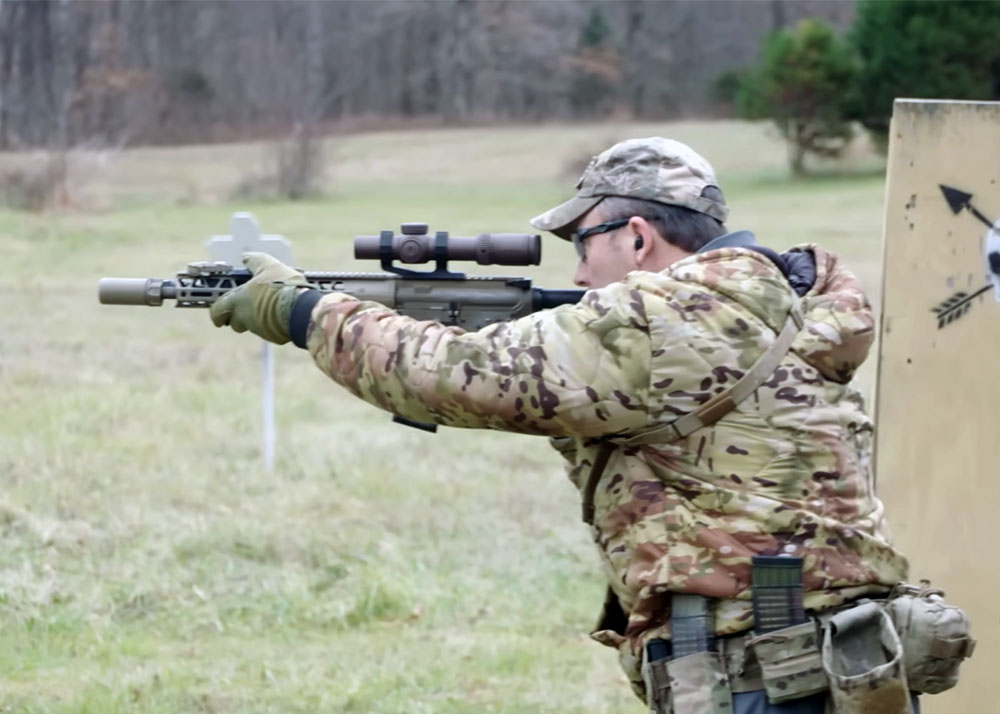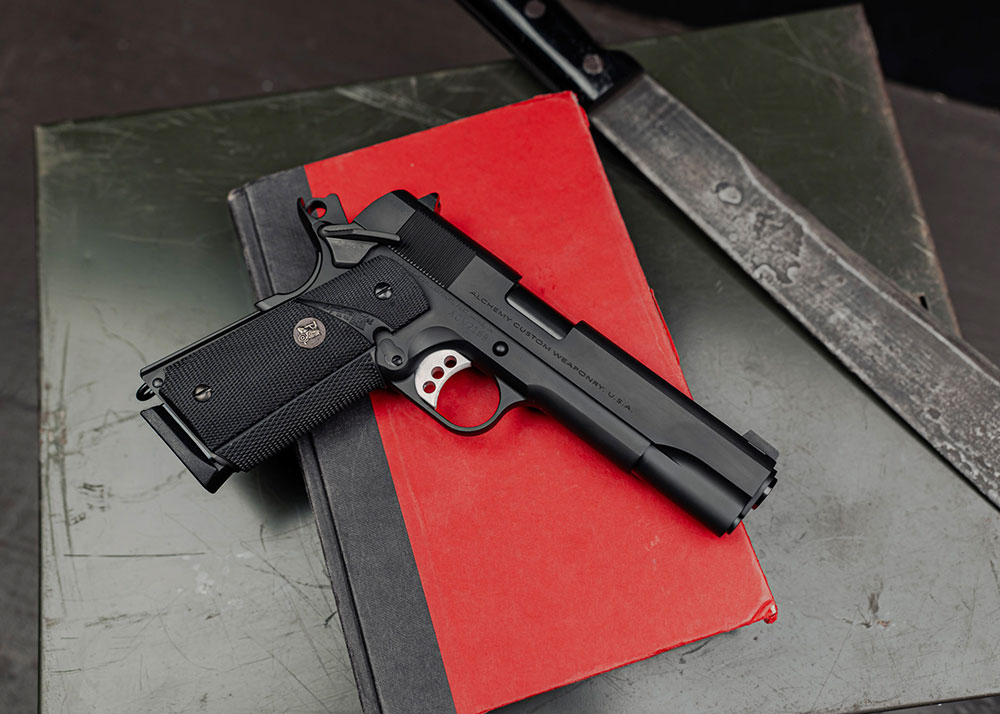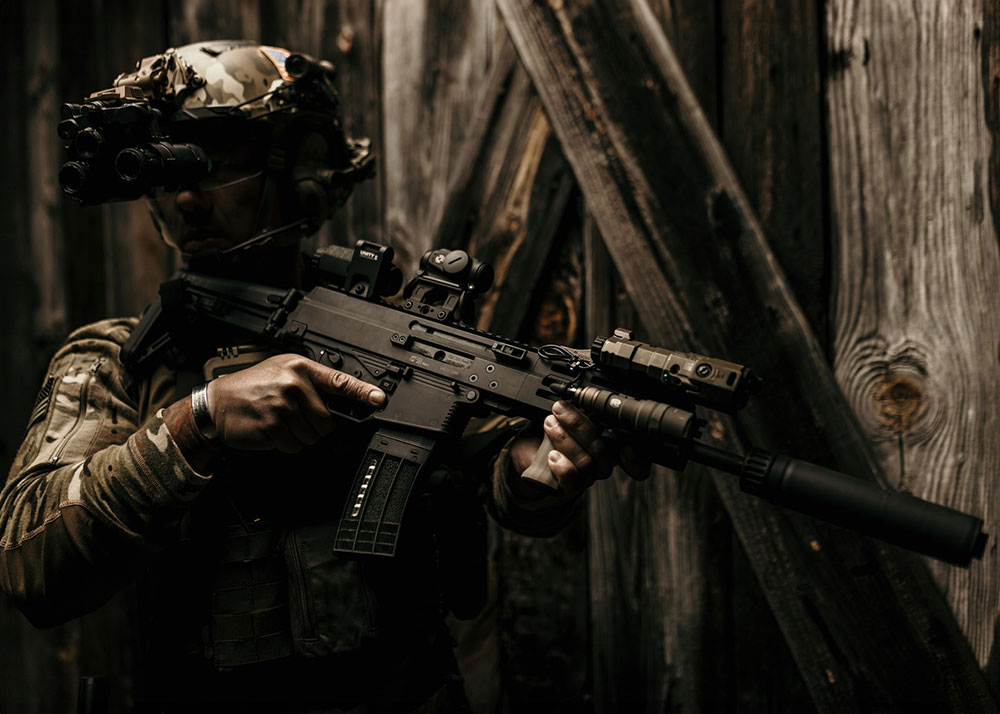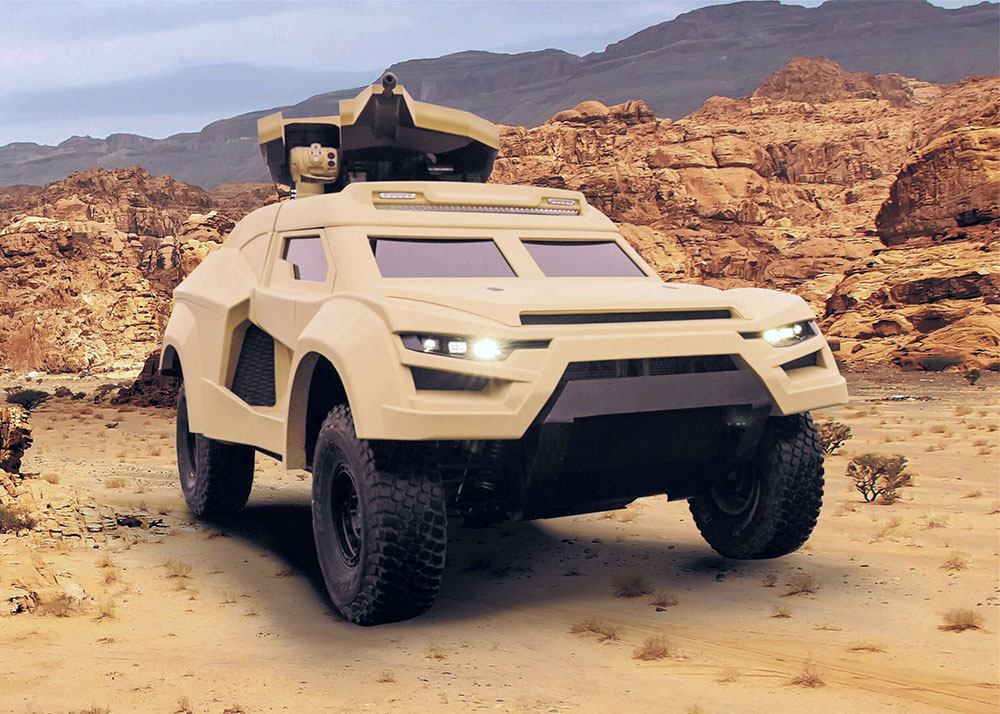Now you see me. Now you don't.
Brahma
03 Aug 2009
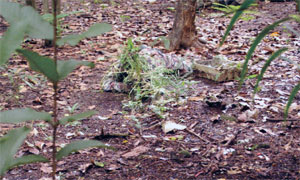
The success of the airsoft sniper’s mission depends heavily upon his ability to approach, remain concealed and engage the target undetected. Remember that the airsoft sniper’s mission is not suicide, thus he must be able to take out targets without detection or even when the opposing team is at full alert. To accomplish this, an airsoft sniper must first understand the difference in the terms cover, concealment, and camouflage. Cover is his protection from skirmishers’ fire, and can be natural, such as a hiding place behind a rock or it can be man-made, such as a water tank.
The opposing team may know where the airsoft sniper is located but would be unable to hit him. In game scenarios where a dedicated airsoft sniper is given a specific target to take out, staying “under cover”, while offering protection, may hamper his ability to complete his mission. He must come out of cover to “see” the target and engage, which, in most cases, alerts the opposing team of a sniper’s presence and making his position vulnerable to attack. This means that the airsoft sniper must rely on concealment.
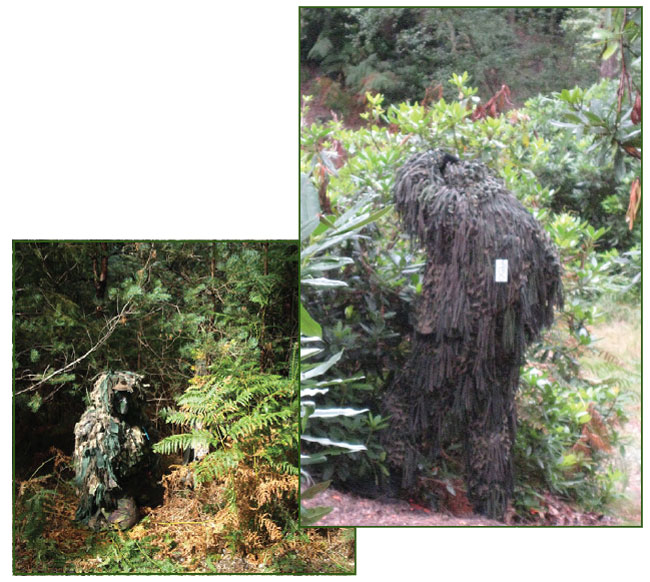
Concealment can also be natural or artificial protection from enemy observation. The surroundings may provide natural concealment, which needs no change prior to use such as bushes, grass and shadows. The airsoft sniper can also create artificial concealment from materials such as burlap and camouflage nets, or he can move and rearrange natural materials (bushes, leaves, and grass) from their original locations, and create areas that work with his artificial camouflage. He must consider the effects of the change in the natural elements around him, as well as the effect of the angle of the light on the concealment provided by both natural and artificial materials.
Camouflage, on the other hand, is a form of concealment and refers to what an airsoft sniper uses to “mask” himself and his equipment from enemy observation, and may also be natural or artificial. Artificial camouflage can be any man-made material that is used to “blend” an airsoft sniper’s color, outline or texture with his natural environment. Natural camouflage is usually made up of foliages and other vegetation prevalent in a specific area. It is common for most airsoft snipers to augment his appearance with natural camouflage, as man-made materials will always appear, under scrutiny, to be artificial. The secret to camouflage is to never draw the attention of an enemy observer and give him reason to “scrutinize” your position.
Another form of concealment is disinformation. Disinformation, however, is not truly concealment, as its purpose is to convince the enemy that what they see (actually false) is the “real” thing. Likewise, codes and ciphers, while they certainly conceal information, are not a form of concealment in this sense because they are obviously codes.
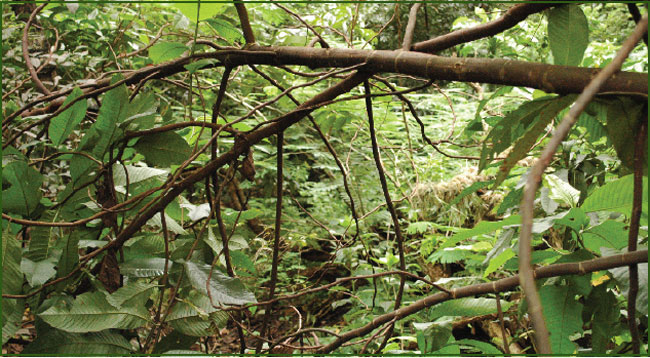
CAMOUFLAGE AS A CONCEALMENT METHOD
The word camouflage, from the French camoufleur (“to disguise”), found its way into the English language some time during World War I, when reconnaissance planes were first developed for use in locating and exposing troop positions. In the course of the war, major military forces established “camouflage” units composed of soldiers trained in the art, to misdirect enemy recon. This led to the development of camouflage uniforms, the use of foliage or other materials to disguise positions, and other measures.
The natural world, of course, “invented” camouflage. The law of natural selection has proven that plant and animal species with more developed protective coloration or other forms of natural camouflage have higher survivability ratio. Concealment by camouflage manifested by these creatures, in its truest sense, is passive rather than active, and in this regard, does not include species capable of imitating predators or otherwise “convincing” other plants or animals that they are something other than what they are. This point is an important one, because it is not the purpose of camouflage to “persuade” an enemy observer that what he sees is true; rather, the purpose of camouflage is to render him unaware of your presence, hence, “masking”.
There are two major doctrines in camouflage—camouflage discipline and camouflage construction. Camouflage discipline teaches an airsoft sniper to do what is necessary in constructing his camouflage and maintaining that camouflage. An airsoft sniper must observe the area as he moves through it and change out the natural camouflage he uses—the twigs and foliage—to match his surroundings. If the natural camouflage becomes wilted, twisted or falls over, he should correct and change it, as necessary. This is where a spotter or a partner comes in handy, as you will have someone to check whether or not you are maintaining each other’s level of camouflage.
Camouflage construction, on the other hand, has three distinct techniques: hiding, disguising and blending.
Hiding entails completely concealing the body from observation by lying down or moving behind or in an object or thick vegetation. This technique has its pros and cons for an airsoft sniper, simply because when he is in a hidden position, chances are that his observation of the enemy will be limited. This will be disadvantageous to an airsoft sniper as failure to observe all enemy movement gives him the risk of an enemy stumbling upon his location. The airsoft sniper must, at all times keep in mind that observing the enemy’s every action is paramount to the success of his mission, thus, his every movement should be relative to his targets. Also, there should never be an obstacle between him and his targets. A direct line of sight should always be maintained.
Deception through disguising. Deception is one technique used by real-world snipers to trick the enemy into false conclusions about the location or identity of the airsoft sniper. In some theaters of operations, or during long overland movements, deception may include the use of disguises, such as simply adopting native dress and moving during hours of limited visibility so as to fool observers. A more elaborate plan, requiring more practice and familiarity with the area, would include walking,
sitting, dressing and behaving as the local populace. This technique, most of the time, is not applicable to an airsoft sniper, as most game scenarios are under time constraints, not to mention that disguising is a very difficult technique and is usually not worth the effort. An airsoft sniper must remember that the ghillie suit is not a disguise, but a camouflage that blends him with his surroundings. Thus we come to the third technique, which by far is the most applicable concealment method for an airsoft sniper.
Blending is achieved by skillfully matching personal camouflage with the surrounding area, to a point where the airsoft sniper is part of the background. Blending is generally best achieved with bland colors, not dramatic patterns. This is the reason for ghillie suits—they blend the airsoft sniper in with the terrain and do not hide him nor make him appear as if he is a tree or a bush. This is the technique the airsoft sniper will use most of the time and that the airsoft sniper must perfect.
There are many factors that can expose an airsoft sniper, the more common being shape, shine or luminance, shadow, sound, movement and color.
Shape. In the open field, the absence of symmetrical shapes—squares or triangles—is more noticeable. To the human eye, the most distinguishable object is another human being. Hence, an airsoft sniper should be able to break up his shape or outline, and blend in with the background. This is achieved basically by wearing any disruptive pattern uniforms or some other type of
camouflaged clothing, as this already begins to break ones outline and blend him into the background. When wearing a ghillie suit, an airsoft sniper should complement his “attire” with suitable natural camouflage like leaves and twigs. He must also consistently check his camouflage to resemble what his surrounding looks like. A clump of “green shrubbery” on a leaf-covered ground does not make sense, does it? Bear in mind, that if crawling through varied terrains with different foliage density, an airsoft sniper should keep changing the foliage on his ghillie suit.
An airsoft sniper should also observe proper “sky lining” or “silhouetting”. Never, ever go along the top of hills or ridges. If walking near the top of a hill is imperative, he should navigate the terrain about 5m to 10m off the peak or horizon. Also, an airsoft sniper should never look OVER something; instead, looking AROUND it is much less obvious.
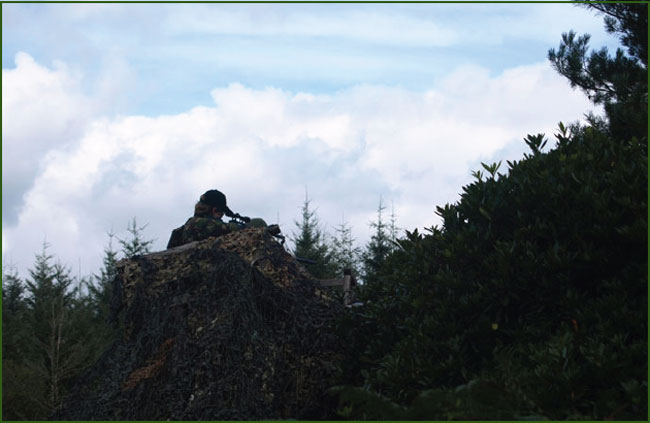
Observe proper “sky lining” or “silhouetting”. Never, ever go along the top of hills or ridges like this one.
Shine. The human skin reflects a glow when hit by ligh coming from the sun or moon that the human eye can detect quite easily. It is important that an airsoft sniper should eliminate or minimize this luminance, as well as on the equipment he may be carrying. This is where an airsoft sniper’s knowledge in putting on camouflage make up is important (see related story on Looking through an airsoft sniper’s crosshairs).
There are a number of items now available for camouflaging the skin, the most common and very popular among airsoft players are the military standard camouflage sticks, which come in loam, white, light green and sand. These camouflage sticks can be softened with an insect repellant spray for easy application. The Hunter’s Specialties camouflage makeup and grease are also good skin camouflage and consists mainly of dark colors. Stage or cinema makeup can also be a good alternative, especially when extreme skin tone “blending” is required.
However, one must always take his environment into consideration before attempting to apply any color on the face and exposed skin, as to avoid being too dark or too light.
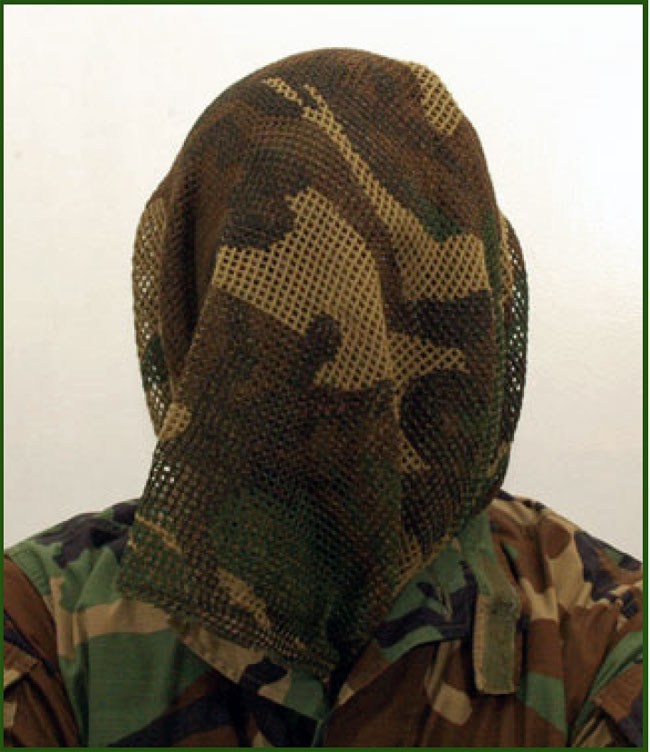
A good alternative to camo face painting is to wear a sniper’s veil.
Shadow. This is seldom neglected, but it is more important than you might think. An airsoft sniper must constantly pay attention to where light is coming from and where his shadow is being cast. When situated a few meters behind a bush with the sun on one side, an observer adjacent to the bush may notice a shadow behind that particular bush when the sniper is not careful. An ideal technique for an airsoft sniper to remember is to get into a shadow that is already there and stay as low as possible. The dominant shadow will mask the snipers shadow.
Sound. Obviously, an airsoft sniper, must, at all times, keep sound to an absolute minimum. Thus, he should not carry with him non-essential or mission-critical gears and equipment, especially those that rattle, squeak, thud or bang when he moves. To make sure that all the accoutrements that an airsoft sniper carries are properly secured and “sound-proofed”, he should be able to jump up and down and only hear the faint sound of his boots hitting the ground.
An airsoft sniper must know how to STFU. No talk. Use Military Hand Signals, or some other pre-arranged code to whomever he wishes to communicate with. This applies especially at night, because an enemy’s sight may be reduced, but his hearing will be multiplied. When operating within a squad or as a group, each one must make sure that everyone gets the messages or signal, to avoid breakdown in communication.
Movement. When hidden, an airsoft sniper must stay hidden. It is important that when picking a spot, he should get comfortable before settling down. As he settles, long, deep, controlled breaths are important to keep movement to zero. Move only when sure that there are no enemies in the surrounding area. Quick sudden movements will also cause some wildlife to scamper about or keep eerily quiet—tell-tale signs to a trained observer that something is amiss.
Color. Unknown to most people pink is a good color camouflage in desert terrains (the British SAS paint their Land Rovers pink when operating in the desert), as well as yellow and white. When in temperate environments wear greens and browns. Arctic conditions call for mainly white. It’s pretty obvious.
MAKING GOOD CAMOUFLAGE
There are two basic materials that can be used for camouflage, natural (preferred) and artificial. An airsoft sniper must also consider where the material is to be applied. Is it to be applied to the skin or to the uniform? This will effect decisions on the materials that he will use for camouflage and where to apply them.
NATURAL CAMOUFLAGE MATERIALS
Although organic, there are some natural camouflage materials that may cause some skin irritation. It is for this reason that when you consider the role of an airsoft sniper, you have to be fully aware of the problems in the use of certain natural skin camouflage materials.
Grasses and leaves. The most common natural camouflage materials an airsoft sniper can use for his clothing or skin are grasses and leaves. While grasses and leaves cannot be applied directly on the skin, the natural dye extracted from them can be helpful in masking the skin’s glow or luminance. When using the natural dye from grasses and leaves, you have to prepare yourself for a lonely Friday night, as these dyes are semi-permanent, and would take some serious sloughing before they come off, that is, if ever they come off.
Grass used on the clothing is a must when moving through an area that is grassy. You have to be careful though in the use of grass on your clothing, as we sometimes have the tendency to apply it in long sheaths where shorter is better. Long grass on your uniform does two things—it sticks above the rest of the grass around you as you move through it, especially when you have to observe through the top of a grassy knoll (remember never look over anything if it can be avoided). The second problem with long sections of grass is that it creates a horizontal pattern when attached to your uniform, where vertical patterns are predominant in the natural world. Another thing to consider when using grass as camouflage material is that it has two tones—the “top” or upper side of the leaf is darker and shinier than the lower or “bottom” side of the leaf. A good airsoft sniper should be able to “present” the correct color according to his location.
As with grass, leaves are two-toned, so you have to be careful which side is up since the difference in color density is more pronounced in leaves. You also have to be careful when moving. Always take notice of the dominant leaves in your surroundings. Moving from three-lobed foliage to a single-lobed shrub is noticeable to a trained eye, especially if the enemy knows what to look for. In short, match the leaves and change ‘em, as necessary, when moving through an area. Think about a patch of oak leaves in a pine forest and you will get the idea…
Dyes. Both grasses and leaves contain natural dyes. Other natural elements that can produce dyes are tree barks and sap, coffee and tea, rock paint (rubbing two ordinary rocks, those types that are covered by a thin veneer of loose sediment, together and adding water makes rock paint), dirt and mud, and to some extent animal by-products such as blood and dung… well, scratch out the animal by-products. We wouldn’t want you going home smelling like shit! Hahahaha!
Another natural camouflage material that we sometimes ignore is facial hair. A “self-renewing dye”, the beard helps to tone down facial features and shapes, making it almost unrecognizable when combined with other camouflage elements. Now you know why most SpecOps guys look like anta Claus in June. Of course, the use of natural materials in camouflage has its exceptions. I wouldn’t advise you to make use of flowers as a camouflage, even if you’ll be positioned in a flower garden. As a general rule, since colors catch light, they are more likely to attract an observer’s attention with even the slightest movement.
ARTIFICIAL CAMOUFLAGE MATERIALS
While natural camouflage is preferred, artificial camouflage is handy in forming the basic platform of an airsoft sniper’s camouflage kit. Artificial materials are basically for breaking an airsoft sniper’s outline, allowing him to blend in with his surroundings, and deny any enemy observer an easily recognizable shape, although some materials produce a natural shine such as nylon products.
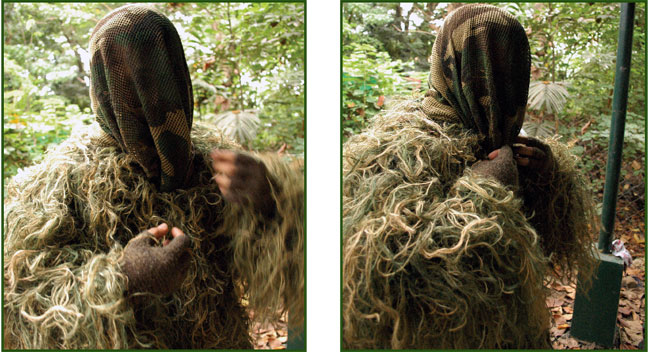
Other artificial or synthetic materials, such as paint, may be used to augment or improve the camouflage protection of already good cloth or materials. An example would be dark (not black) spray-paint splotches on OG 107 material; a neutral gray color is good for overall blending with the surroundings.
Base Uniform. This can be any BDU, so long as it blends with the color scheme of the terrain where you will be playing in—browns and greens in temperate environs, mainly white in snow or arctic areas, and sand, yellow or pink in desert fields. You can also use any civilian clothing common in the area, this is what real-world operators call as “true urban camouflage”.
The “base uniform” will be the platform for attaching the ghillie net and hat. A full ghillie suit can be worn over the base uniform, as well. One must remember that the ghillie suit is not designed for general wear, so as not to expose your role as a sniper. Camouflage netting, mosquito netting or IR netting can be added to or used in conjunction with the ghillie suit. In many circumstances, the ghillie net or hat would be sufficient for an airsoft sniper. The ghillie net can be temporarily attached to the uniform and removed when necessary, and would have the same burlap garnish and gaps or spaces for the natural
camouflage to be inserted into.
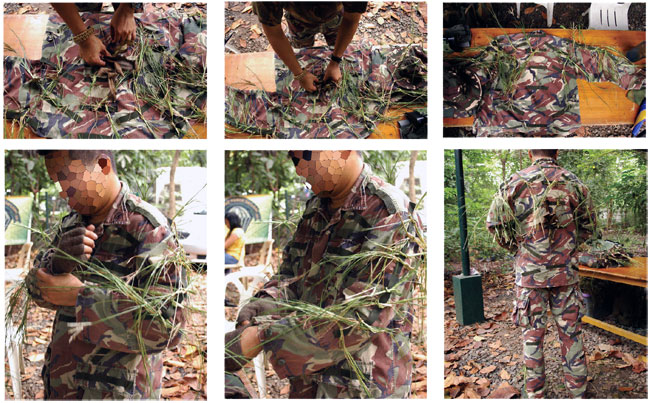
“Garnish” the modified BDA with grasses and leaves. Be sure to take note of your surroundings first, so as to know what natural camouflage to use.
Boots should be scuffed and browned up. Burlap threads may be glued to the boots, especially along the black soles. The black soles in any case must be subdued, as they do not fit in with nature. Sewn canvas, dirt, or just plain old paint may also be used on the boots as well as any other part of the ghillie suit. Just remember not to be over-generous in the use of flammable fluids (paints especially) as they pose some serious hazards.
Gloves are very important to an airsoft sniper, especially when stalking for targets, as gloves protect the hands from splinters, sharp objects and other hazards. The gloves, whether full- or half-finger, should be light colored and “masked” with camouflage materials on the backsides. Any gloves from your friendly neighborhood airsoft store would do, so long as you modify them to suit your role as an airsoft sniper.
Camouflage sticks or face paints are used to cover ALL exposed areas of skin, such as the face (including the ears), hands and the back of the neck. Parts of the face that cast shadows should be lightened and the parts that shine should be darkened, thus forming a sort of “negative” of the normal appearance of the face. There are three types of camouflage pattern used by most snipers: striping, blotching or splotching and combination of both.
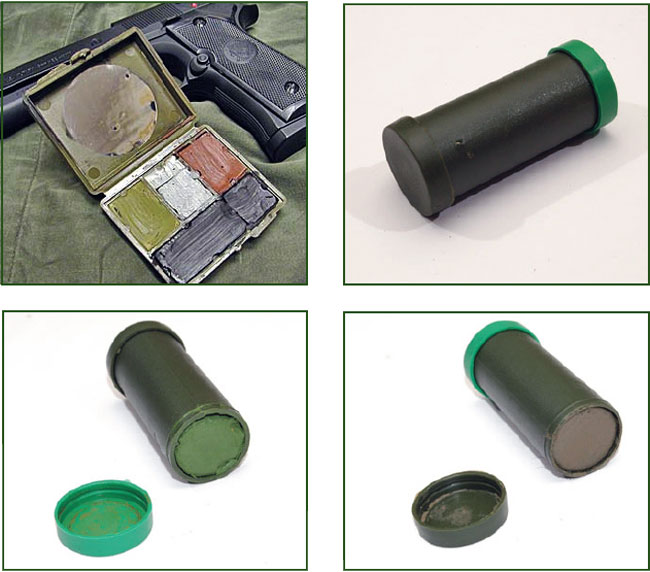
Striping is accomplished by applying irregular stripes on the face, hands and neck. This technique works well in heavily wooded areas where leafy vegetation is scarce. Blotching or splotching is effective in areas with dense vegetation or foliage. “Blotches” should be large and irregular. If they are too small, then at a distance the effect is lost, as with the BDU. You should remember that from a distance most small patterns are lost in the shuffle and the eye takes in the dominant color. Properly combining both stripes and blotches is the best pattern when moving through changing terrain. Remember to constantly re-check your camouflage makeup for some fading.
Drag bags. An important gear that an airsoft sniper should consider having is a drag bag, which is a better choice in carrying weapons and equipment. Never settle in your final sniping position during daylight wearing a rucksack or LBE. A rucksack or LBE can be a moving lump atop you that cannot be camouflaged. Using a drag bag has its pros and cons though, as it should be maintained under control at ALL times. Failure to do so may result in it becoming more of a hindrance, especially in situations where movement is critical.
There are two types of drag bags. Drag bags constructed of stiff materials protect the weapon better, while soft bags are more flexible especially when moving through thickly forested areas, where vines can snag your bag and may cause some “commotion” in the foliage.
Generally airsoft snipers compromise by using the scope/receiver cover in conjunction with muzzle guard to protect the scope, receiver, and muzzle while leaving little to snag. Do not be fooled by its name though: drag bags ARE NOT for dragging. The bag is to protect the weapon, especially the muzzle and scope, during the last portion of a stalk. This is when all of the airsoft sniper’s attention is focused on his movement and minor kinks on his weapon may cause major trouble.
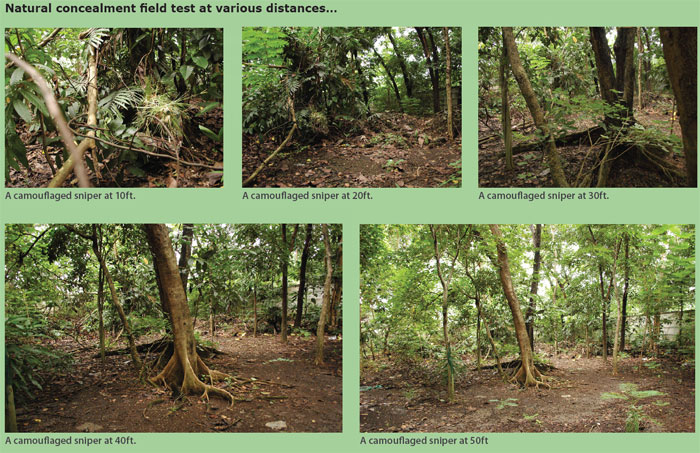
Burlap. The singular most overused synthetic camouflage material is burlap for the ghillie suit. “Preprocessed” burlap only looks like burlap and nothing else. When used and modified properly, the burlap is effective in breaking up an airsoft sniper’s outline. Word of caution though: use burlap only to “mask” your signature or outline and NOT to build or create another outline of a hulking giant in rags!
Burlaps are sold by the yard in clothier shops and some specialty or outdoor hobby stores. Bear in mind that burlaps sold in most stores and integrated on the ghillie suit kit for the military are produced in colors not normally found in the natural world. You should first take into consideration the terrain and environment in which the burlap will be used and use various strengths of tea or coffee in soaking the material to achieve the desired earth tone. You then shred the burlap into usable pieces.
The burlap can be tied into the netting of the ghillie suit or hat using various techniques, which adds randomness to the overall look of the ghillie suit. Along with the burlap, you can also use or add pieces of hemp rope or hessian cloth.
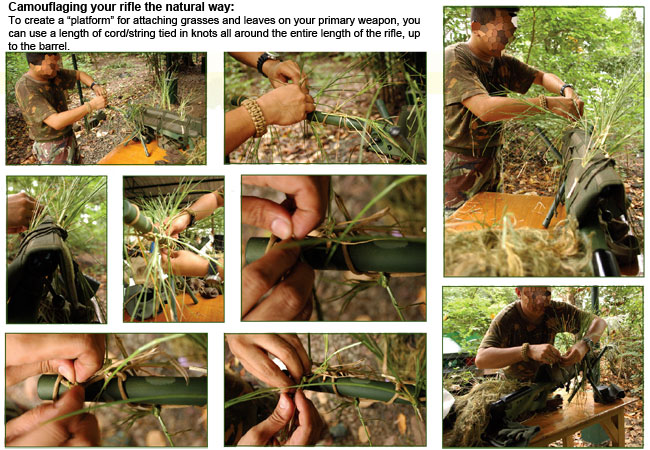
The Ghillie Suit. It is best that if you take on the role of an airsoft sniper, you should be able to construct a ghillie suit for yourself, so as to have a suit that you are most comfortable with. There is no clear-cut way or “correct way” in creating a ghillie suit, only guidelines. It may be as elaborate or as simple depending on an individual airsoft sniper’s need—again, NEED and NOT preference.
Here are some of the more common guidelines in making your own ghillie suit:
The base uniform can be any uniform you will wear for a particular game or a dedicated uniform only for the ghillie suit. The base uniform should have a bland color and made of light material that is easily ventilated. Pockets on the front of the uniform can be removed, sewn shut, or not used during a stalk. Padding can be sewn into the knees and elbows of the uniform or worn under the uniform, while heavy canvas can be sewn onto the front of the uniform to facilitate crawling. Remember that canvas is heat-conducting and is not advisable for use in temperate areas. Netting can be sewn on the base uniform or tacked onto it with dark safety pins just prior to the stalk. Use of a one-piece base uniform is discouraged as it may cause some ventilation problems that may lead to heat stroke, in severe cases.
The net could be set up so as to have a hood that would rest over the airsoft sniper’s head, arms, hands, weapon receiver and scope. This would cover the airsoft sniper while in position and would be tucked inside the shirt during movement. The ghillie hat would be a boonie style hat wit the brim stiffener cut off the wide brim. The net can be sewn over the top of the hat for sufficient netting to cover part of the back and over the arms, hands, weapon receiver and scope. Again the net should have burlaps tied in and sufficient gaps and spaces for natural camouflage to be integrated in.
But the single most important thing that an effective airsoft sniper must have is common sense. Use it and stick with the basic rules discussed above and you will become virtually invisible to the human eye.
Happy hunting!
